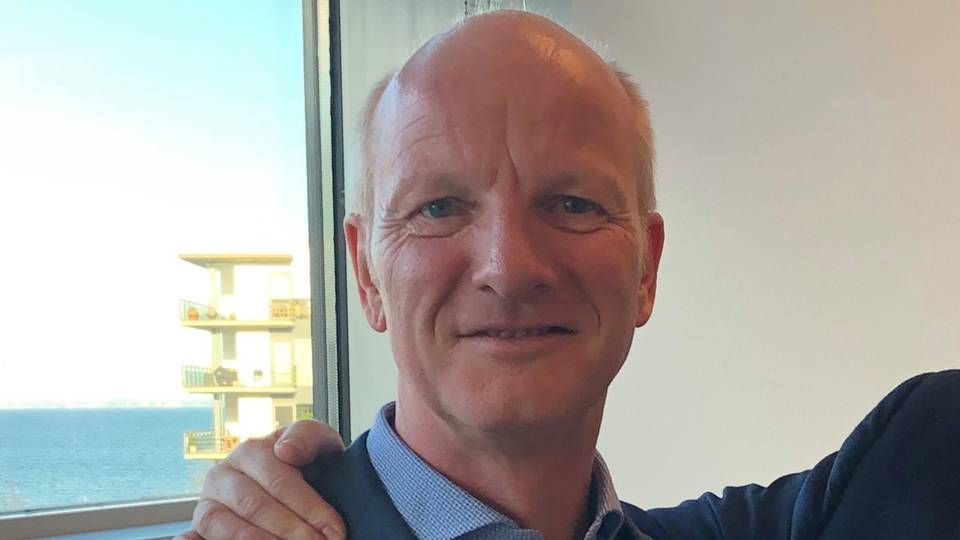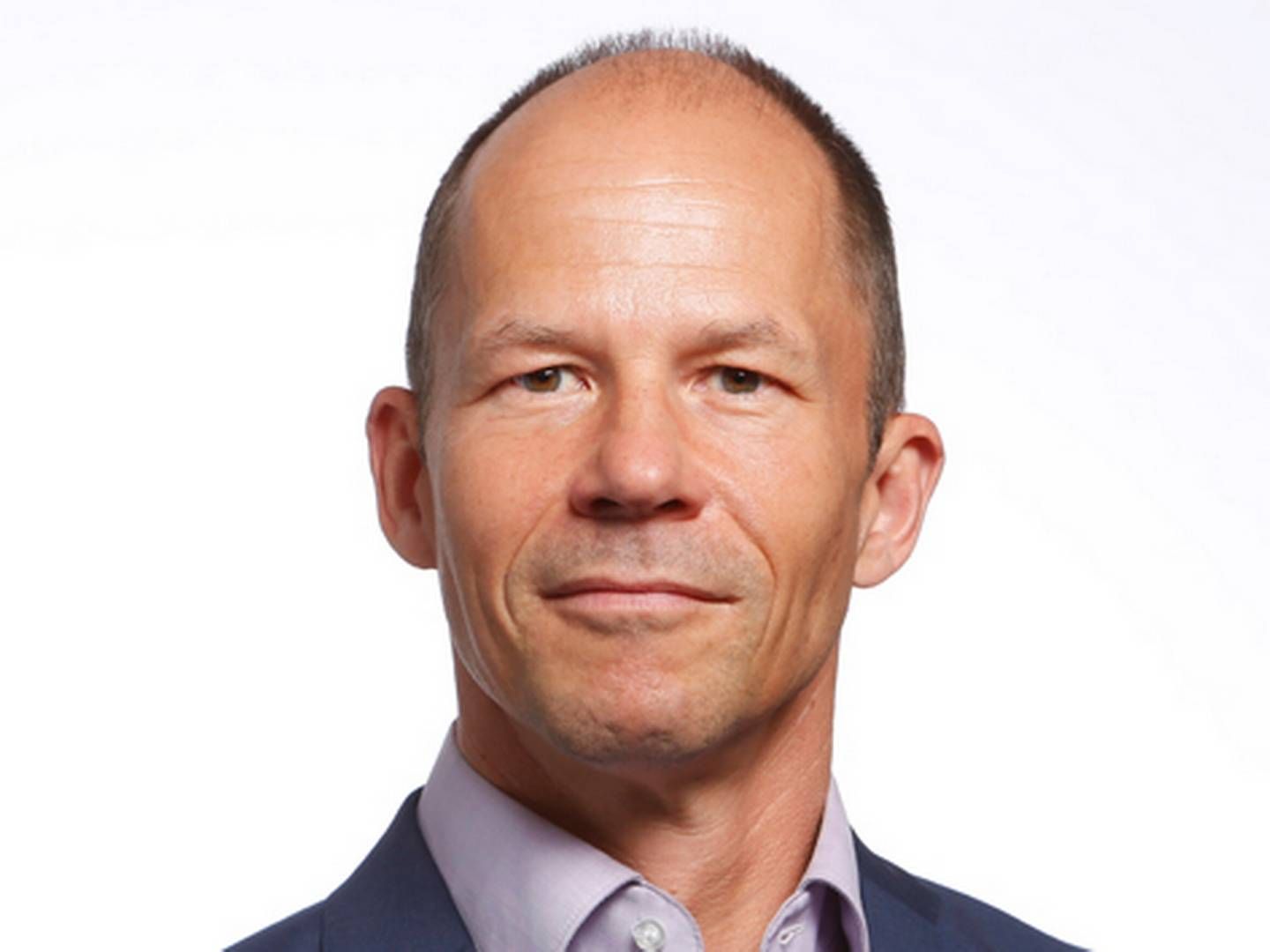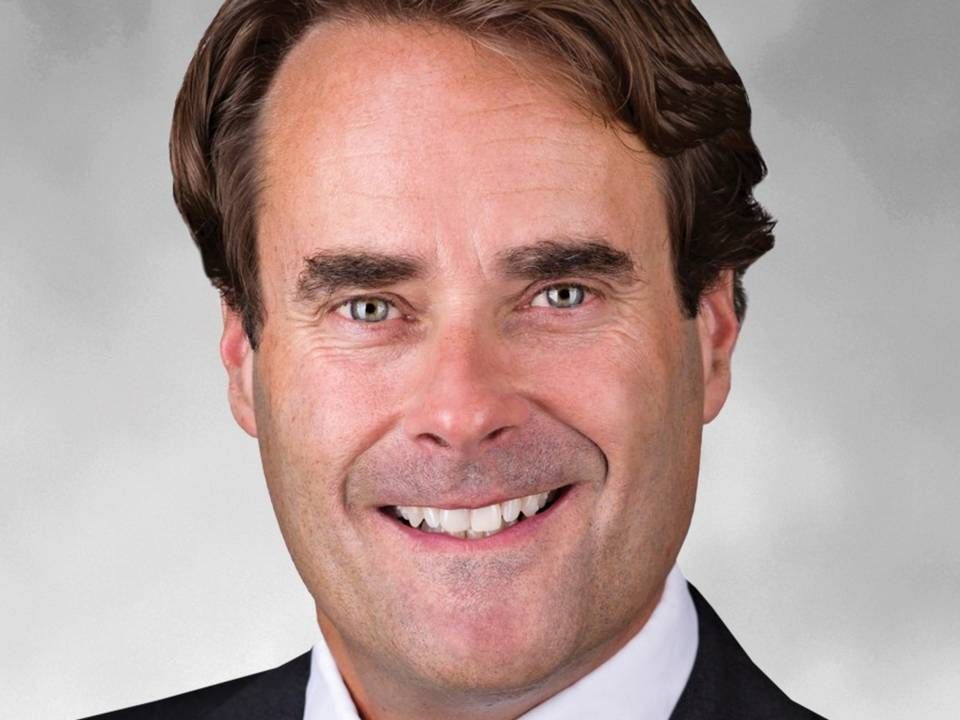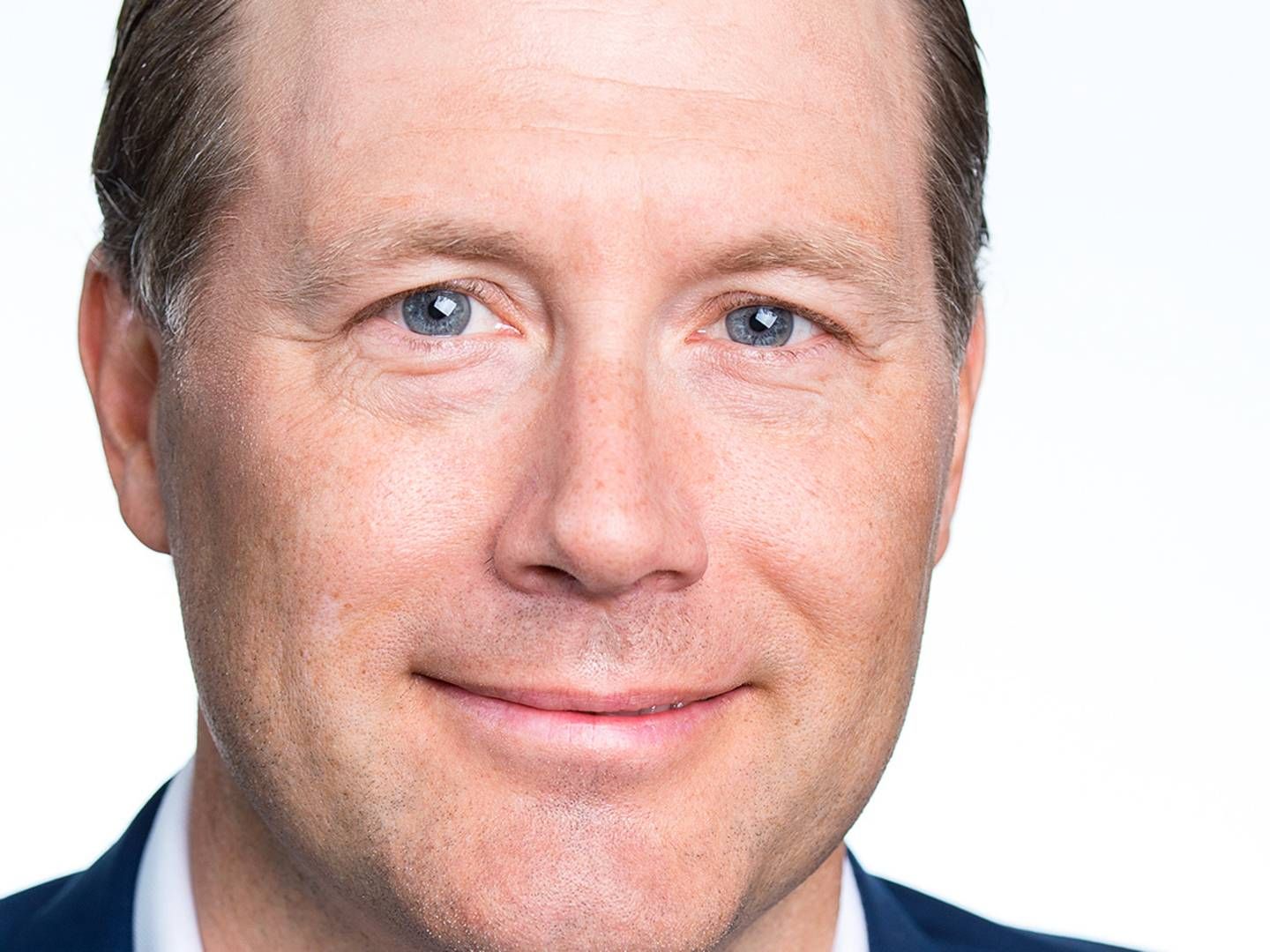Investment managers' growing local teams boost competition

How has the Nordic competitive landscape changed in recent years?
"The Nordics are especially defined by the presence of all actors in asset management. Some have firmly rooted, local offices; others work on a fly in/fly out basis. However, we have observed increased recruitment efforts, internally and by competitors, in recent years, which has translated into a rise in the number of local offices.
This development has been particularly outspoken in Sweden.
With the presence of most major asset management groups, competition has always been fierce in the Nordics and, in my opinion, more local offices contribute to further increase competition going forward. Companies need to be more present and visit clients in the region in order to build long-term relationships and enhance sales activities.
Generally, the demand for capable asset managers in the Nordics is high. We benefit from the increasing competition as it makes us more aware of other asset managers’ provided solutions.
While this demand partly stems from a client-driven desire to learn about new potential investment areas or sectors, it is also rooted in the region’s general openness to new ideas and possibilities."
To bring an example, we have introduced a liquid Global Private Markets, which is an open-end fund investing in private market assets, such as infrastructure, real estate, private credit and private equity, for private banking clients. Contrary to usual private market investments, the idea is not to commit capital for many years, enabling the clients to divest the fund. Major Nordic banks have struggled to build a similar product.
In recent years, the internal investment teams at many clients have come under pressure because of a sharpened focus on costs and growing business variety, which increase the demand for external partners and outsourcing of investments activities. We have seen that more pension funds have insourced several private market investments but as these investments are unlisted, there are no daily price development listings.
In general, the Nordics are affected by some of the same tendencies we see in other markets – a rise in chase-for-yields customers, shifts back and forth between active and passive investments and a shift from DB pension funds towards DC-oriented funds – and finally, in the Nordics, we see a solid interest in regards to investments tied to sustainability and ESG-driven goals.
Moreover, we’re seeing a general consolidation among customers in regards to both managers and investments. They’re going for a few hand-picked managers, who in turn manage larger transactions and larger volumes. This development enables asset owners to reduce the time spent to keep track of investments and asset managers."
What do you consider to be the most important feature for a global asset manager to become successful in the Nordics?
"Success can easily go to your head, so staying humble and listening and understanding your clients’ needs is essential. The money is theirs, so even though we’re the experts, we have to respect their wishes.
In my opinion, another differentiating feature is local presence. Not only do companies with local offices generally have a better understanding of their operational market, they also pick up on new signals and tendencies more easily than companies that just phone it in from London once a month. A Danish asset manager will naturally have a better understanding of the Danish market than a German asset manager – and vice versa.
The same can be said about the different Nordic markets – even though several aspects of the markets are very alike, differences in mentality, behavior and temperament are quite substantial. You have to be able to read between the lines.
You can't consider the Nordics to be one homogeneous market as mentalities in Denmark, Norway, Sweden and Finland differ. Understanding this is very important to become successful in the Nordics.
How is emphasis on ESG and sustainability different in your company’s home market compared to the Nordics?
Across Europe, we see substantially different ways of looking at ESG, sustainability and the UN’s SDGs, even in otherwise uniform regions, such as the Nordics. Denmark, Sweden, Norway and Finland all work in their own ways.
While investors in some countries rely on negative screening processes to rule out investments that are out of line with their ambitions, others choose an approach characterized by dialogue and active engagement. We see the full spectrum. Impact investment constitutes a third approach according to which, investors are willing to forgo yields to achieve a more sustainable investment portfolio.
Consequently, asset managers have to stock their shelves with a variety of products. Standard products embrace majority of investors – like a clothing store with a standard dress shirt. It’s white, has a certain collar, buttons, and so forth – making it a suitable solution for everyone. But you might instead go to a tailor and have a custom shirt made to perfectly fit you and your specific needs.
While we offer standard funds and products that integrate ESG in one way or another, we also regularly tailor the product to customers that want to take it a step further. Not all countries offer the same degree of data collection as Denmark does, making impact investment difficult. Instead, investors could do the next best thing, active engagement, investing in certain companies and using that investment and newfound influence to nudge companies in a more positive direction. Aberdeen Standard Investments prefers the active approach and consider it the most efficient way to create consistent change."
Which of your investment strategies are currently most in demand in the Nordics?
"In the past, we used to see trends across the market, but lately your guess is as good as mine – different customers demand different products. We are seeing an interest in Asia with a long-term theme but it’s spread out across almost all asset classes – equities, bonds, credit and fixed income.
The chase for yields also shines through in the shape of Private Credit, Private Markets and Real Estate, particularly, in the Private Banking space. Moreover, pension funds appear to demonstrate interest in the same products because they, too, consider it an opportunity for stable returns over time. Pension funds find real estate especially interesting because of its almost bond-like qualities – they’re not day-traders but in it for the long run.
Currently, prices are fairly high in all asset classes, so everybody needs to navigate cautiously between different products, managers and possibilities.
In conclusion, it’s worth mentioning, that we’re also seeing a lot of secondary Asia-related investment – clients invest in Asia-adjacent assets, such as European companies engaged in Asian markets, life insurance firms catering to the Chinese, and so forth."
The brand factor is crucial in competition with local managers
Standing out from the crowd is more important than ever as insourcing spikes competition
MAN Group Director pinpoints the imperatives for successful business development
















